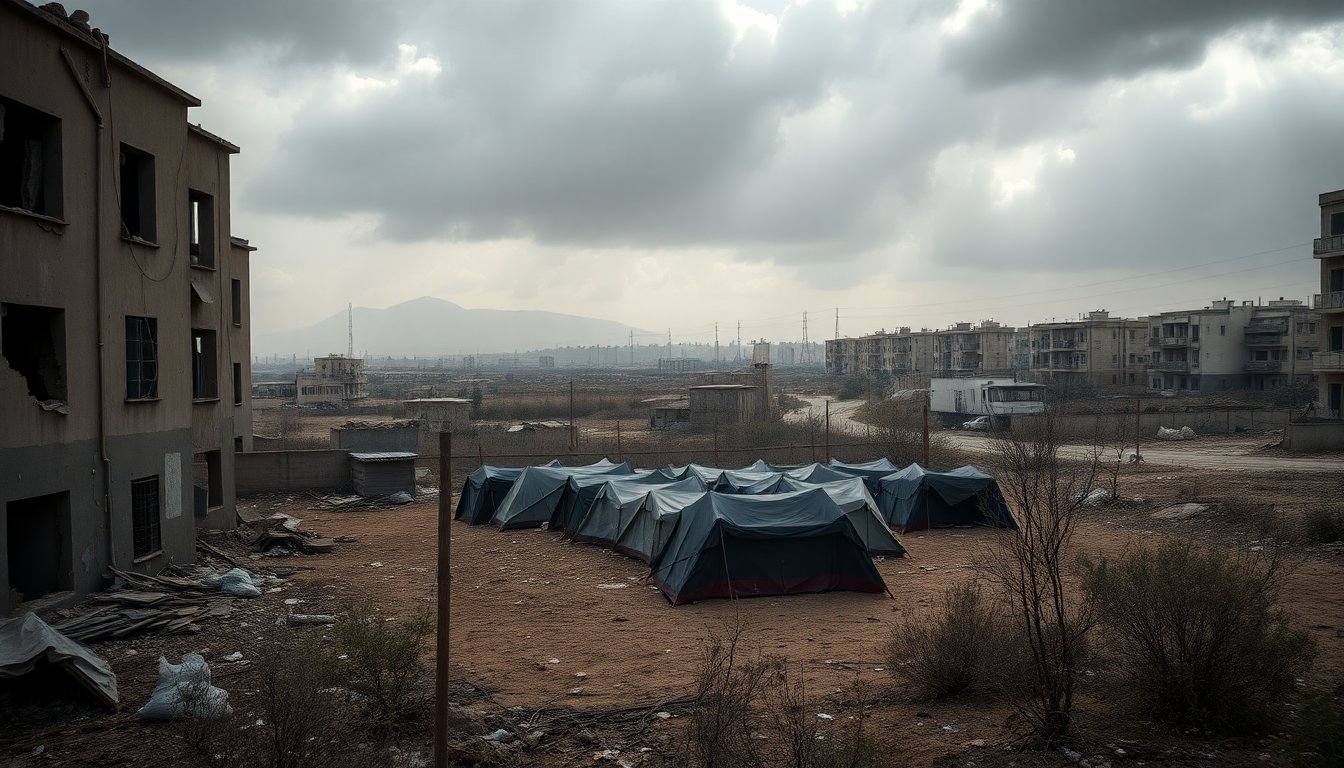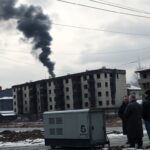Table of Contents
The situation in the besieged city of el-Fasher has deteriorated significantly due to intensified attacks from the Rapid Support Forces (RSF). A recent report by the United Nations indicates that the city is facing one of the most severe humanitarian crises amid Sudan’s ongoing civil war.
Population statistics reveal a staggering decline, with the number of residents decreasing by 62 percent as violence and displacement continue.
Since the onset of the civil conflict in Sudan, more than one million individuals have fled el-Fasher. This trend has accelerated following the RSF’s increased aggression after losing control of the capital, Khartoum, earlier this year.
The International Organization for Migration (IOM) reported that the internal displacement crisis has reached alarming levels.
Mass exodus as violence intensifies
Data from the IOM’s Displacement Tracking Matrix reveals that the number of internally displaced persons (IDPs) in el-Fasher has decreased dramatically—by 70 percent—from approximately 699,000 at the beginning of the year to just 204,000 by September.
This significant population decline underscores the increasingly perilous conditions faced by civilians in the city.
The overall population of el-Fasher has fallen from its pre-war figure of 1.11 million to approximately 413,454. This decline has been particularly pronounced since the Sudanese Armed Forces’ (SAF) regained control of Khartoum in late March, prompting the RSF to concentrate its efforts on consolidating power in the Darfur region.
Humanitarian implications of the siege
Since May, the RSF has effectively imposed a siege on el-Fasher, severing vital supply routes and leaving an estimated 260,000 civilians, including 130,000 children, without access to consistent humanitarian assistance for over 16 months.
The Yale Humanitarian Lab has documented the construction of earthen berms around the city, which the RSF has used to enforce the blockade, restricting the movement of goods and people.
April marked a particularly violent month, with nearly 500,000 people displaced in a single incident at the Zamzam IDP camp.
The ongoing clashes between the SAF and the RSF have contributed to what many view as the largest humanitarian crisis currently unfolding globally.
Humanitarian conditions deteriorate
As violence escalates, the humanitarian situation continues to worsen. A survey conducted in August revealed that an alarming 87 percent of households reported needing medical care, yet 78 percent were unable to obtain treatment due to destroyed facilities, insecurity, and a lack of available medicine. Food security has also sharply declined, with 89 percent of families facing poor or borderline food consumption.
Recent reports indicate that more than 1,100 grave violations against children have been verified in el-Fasher, including over 1,000 children killed or injured, according to UNICEF. The city’s plight has drawn attention to the broader conflict, with escalating violence raising alarms about the potential for ethnic cleansing should the RSF gain control.
The broader conflict’s implications
The battle for el-Fasher has become pivotal in the ongoing war, as the RSF solidifies its grip on most of western Sudan, including virtually all of Darfur, while the SAF retains control over the northern and eastern regions. In July, the RSF and its allies announced a controversial parallel government, highlighting the deepening political divisions within the country.
If el-Fasher falls to the RSF, it would grant the paramilitary group dominance over nearly the entire Darfur region, exacerbating the humanitarian crisis and complicating efforts for peace and stability in Sudan.





